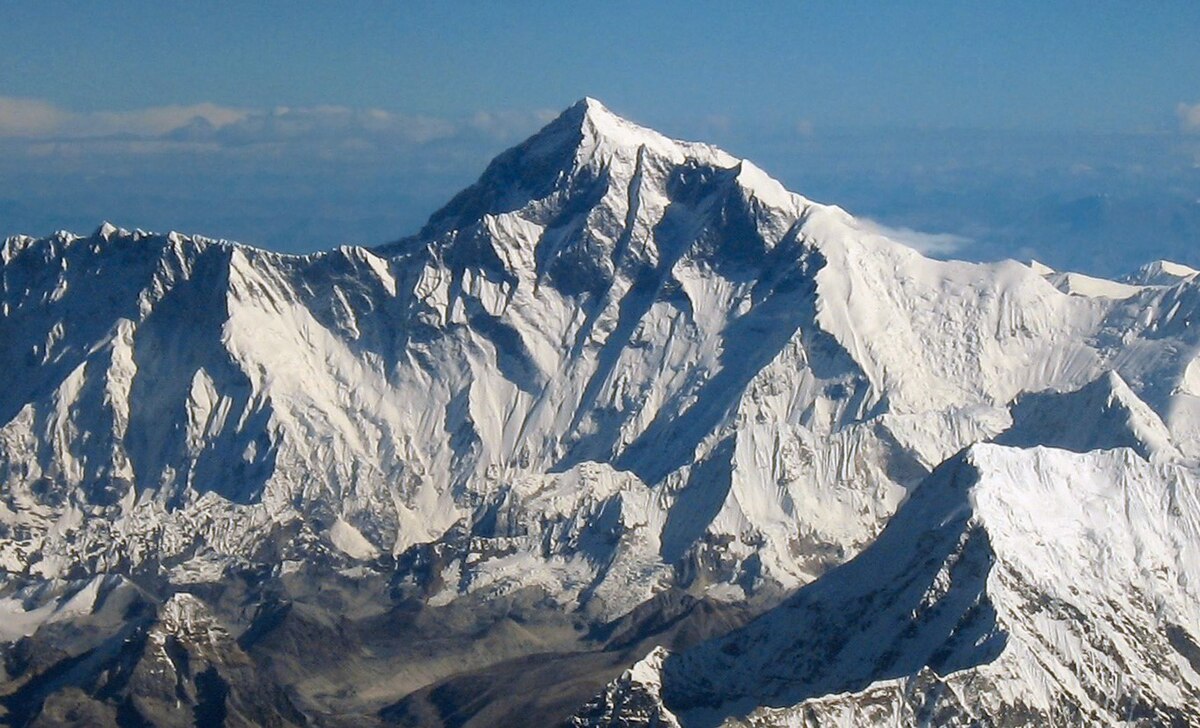Climbers typically ascend only part of Mount Everest’s elevation, as the mountain’s full elevation is measured from the geoid, which approximates sea level. The closest sea to Mount Everest’s summit is the Bay of Bengal, almost 700 km (430 mi) away. So to approximate a climb of the entire height of Mount Everest, one would need to start from this coastline, a feat accomplished by Tim Macartney-Snape’s team in 1990. Climbers usually begin their ascent from base camps above 5,000 m (16,404 ft).
It’s obvious once you think about it, but at what point would you consider it in daily life?



I have heard the (Nepali-speaking) Nepalis didn’t even have a name for it at that point, and I have a feeling Qomolungma wasn’t known to the Brits, because the mountain was surveyed from far away at that point.
Incidentally, “Tibetans and Nepalis on either side of the mountain”- it’s Tibetans on both sides. On the Nepali side are the Tibetan group known as Sherpa, whence we get the term Sherpa for a Nepali/Tibetan mountain guide. Further south than the Sherpa people are ‘Nepali’ people by ethnicity. (And of course properly there’s a lot more than two ethnic groups in a cross section of Nepal!)
Ahh, thanks! My knowledge of the region isn’t great, I just remembered that story off hand - and of course, that’s the story as told by the British colonial administration too